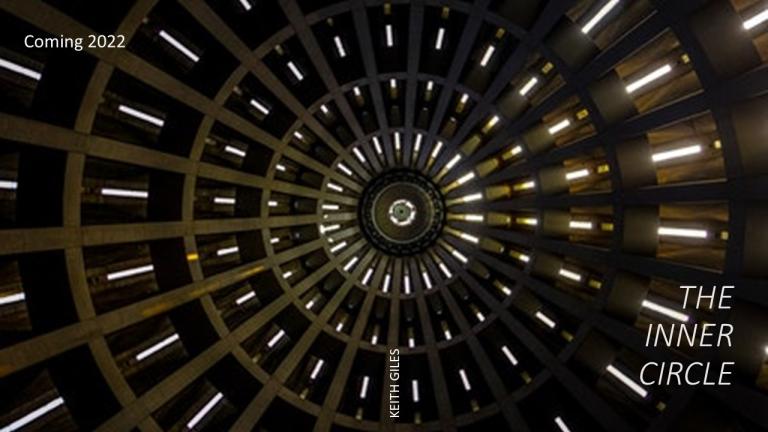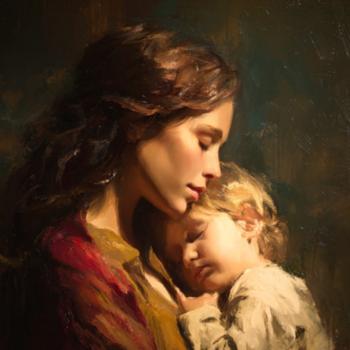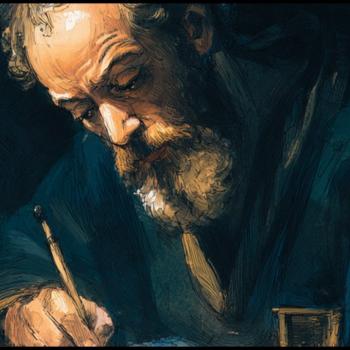
JOHN’S GOSPEL AND THOMAS
Many of those who argue against the relevance of Thomas’s Gospel will seek to disqualify the text by saying that it’s a much later addition than the other Gospels, or that the author certainly wasn’t the actual disciple named Thomas, or that it contains new teachings that don’t appear in the other New Testament epistles or Gospels.
However, every single one of those arguments could be used to disqualify John’s Gospel: It was written much later than the other 3 Synoptic Gospels – around the late 80s or early 90s AD. It was most assuredly not written by the disciple named John, and it contains entirely new sayings and teachings of Jesus that do not appear in the other Gospel texts.
Yet, for many Christians, the Gospel of John is not only accepted, it is often named as their favorite Gospel of all.
To reject Thomas for including new sayings one would have to reject John’s Gospel as well. To reject Thomas for not being authored by the disciple Thomas, one would have to reject John – and also Ephesians, Colossians, and the so-called “Pastoral Epistles” of Paul: 1 and 2 Timothy and Titus, as well as both epistles attributed to Peter, which were all most certainly not written by any of those Apostolic figures.
Rejecting the Gospel of Thomas for being a later text than the others also fails because there is ample evidence to suggest that it actually predates the Gospel of John.
One good reason to believe that Thomas’s Gospel came before John’s Gospel is due to the fact that so much of John appears to be written specifically to contradict the sayings of Jesus in Thomas.
For example, it is only in John’s Gospel that the idea of “Doubting Thomas” is introduced. This seems to be quite intentional as it also attempts to disqualify Thomas and separate him out from the other Disciples of Jesus by suggesting that he was not present in the upper room when Jesus appeared to all the others and breathed on them his spirit to commission them as his Apostles.
”Now when it was evening on that day, the first day of the week, and when the doors were shut where the disciples were together due to fear of the Jews, Jesus came and stood in their midst, and said to them, “Peace be to you.” And when He had said this, He showed them both His hands and His side. The disciples then rejoiced when they saw the Lord. So Jesus said to them again, “Peace be to you; just as the Father has sent Me, I also send you.” And when He had said this, He breathed on them and *said to them, “Receive the Holy Spirit. If you forgive the sins of any, their sins have been forgiven them; if you retain the sins of any, they have been retained.” But Thomas, one of the twelve, who was called Didymus, was not with them when Jesus came.” [John 20:19-24]
By excluding Thomas – and only Thomas – from this scene (which only appears in John’s Gospel), it sends a very strong message that Thomas is not to be considered an Apostle with equal authority or standing among the others. This is especially insulting when we realize that the other Gospel authors only exclude Judas from this scene, whereas John’s Gospel alone pairs Judas with Thomas in that grouping.
It’s also from this section of John’s Gospel that we are left with the lingering notion of “Doubting Thomas” which suggests that he didn’t have faith in the resurrection of Jesus and therefore wasn’t a true believer with sincere faith. [see John 20:25]
This chapter is also engineered so that, when Jesus eventually does appear to Thomas a few verses later, it is Thomas who declares: “My Lord and My God!” [v. 28] This appears to undermine what Jesus says in the Gospel of Thomas about how God’s presence and Spirit lives within everyone, not Jesus alone.
So, John’s Gospel goes out of its way to counter several of the sayings of Jesus from Thomas’s Gospel, and this is only possible if the Gospel of Thomas was already in circulation prior to the writing of John’s Gospel.
In Thomas, Jesus affirms that the light of God is within all of us, where John suggests that Jesus alone is the light of the world.
As Elaine Pagels points out in her book, Beyond Belief, John’s Gospel directly challenges ideas from Thomas’s Gospel:
“Thomas’s Jesus directs each disciple to discover the light within (“within a person of light there is light”), but John’s Jesus declares instead that “I am the light of the world” and that “whosoever does not come to me walks in darkness.” In Thomas, Jesus reveals to the disciples that “you are from the Kingdom, and to it you shall return” and teaches them to say for themselves that “we come from the light”; but John’s Jesus speaks as the only one who comes “from above” and so has rightful priority over everyone else: “You are from below; I am from above…the one who comes from above is over all.” Only Jesus is from God, and he alone offers access to God.”[1]
We should also point out that John’s assertion that Jesus – and only Jesus – is the light of the world also contradicts the Gospel of Matthew where Jesus told his disciples: “You are the light of the world. A city set on a hill cannot be hidden.” [Matt. 5:14] So, John’s Gospel is at odds with Matthew’s Jesus, too, in this regard.
What’s more, in John’s Gospel it is Thomas alone who admits to Jesus that he does “…not know where you are going. How can we know the way?” after Jesus proclaims to his disciples that he is “The way, the truth and the life” in chapter 14 of John’s Gospel.
Simply put, there is an abundance of evidence that the author of John’s Gospel was well acquainted with the sayings of Jesus from the Gospel of Thomas, and was likely also in proximity to communities of Christians who followed the teachings of Jesus from Thomas’s Gospel, leading him to write a counter-narrative that framed a very different picture of Jesus as a dualistic Messiah rather than as the one who came to reveal the image of Christ in everyone, everywhere.
[1]From Beyond Belief by Elaine Pagels, pg. 68
**

Sola Mysterium: Celebrating Uncertainty
Note: Must own a copy of the book on Kindle or in Print to participate.
**
Keith Giles is the author of the 7-part best-selling Jesus Un book series from Quoir Publishing. Keith is also the host of Second Cup with Keith [a new solo podcast available now on the Ethos Radio App, for Apple and Android and on Spotify; and the Heretic Happy Hour Podcast, and the newApostate’s Anonymous podcast with Matthew Distefano.
His newest book, SOLA MYSTERIUM: Celebrating the Beautiful Uncertainty of Everything, is available from Quoir Publishing on Amazon, June 28th, 2022.













